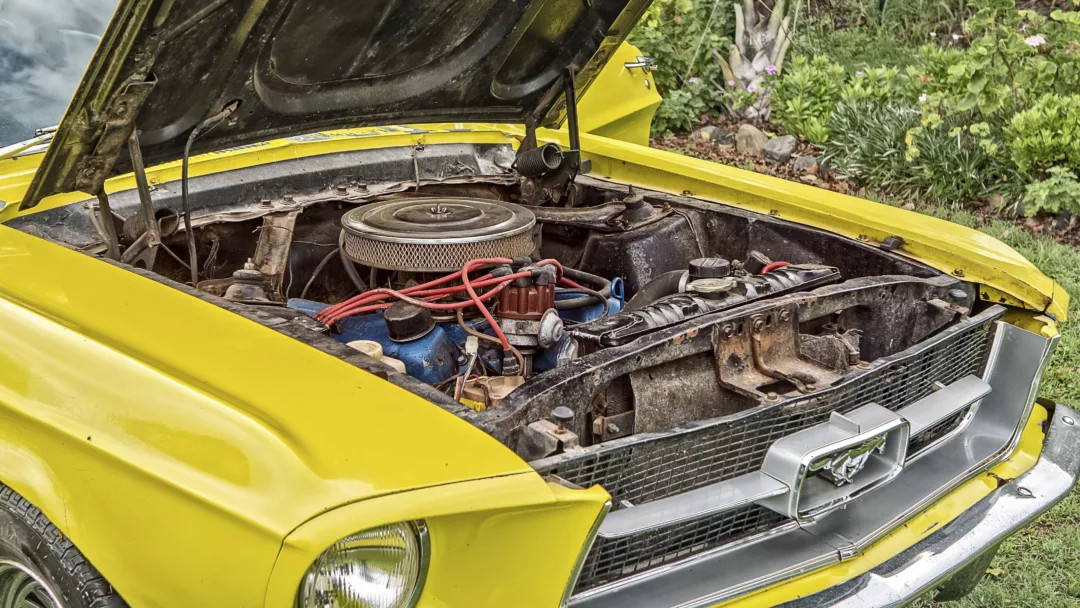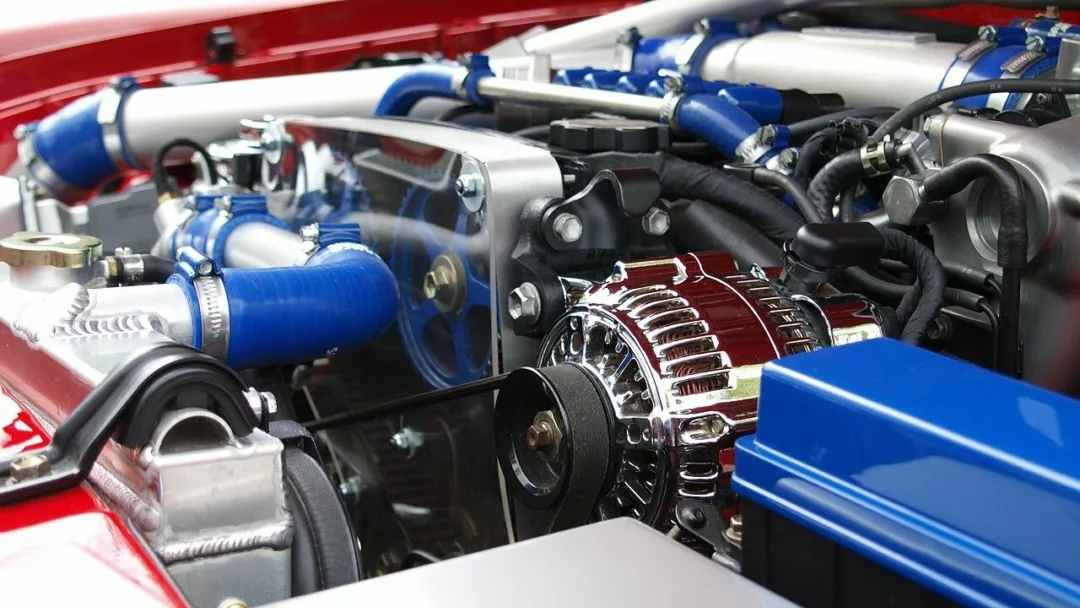We take our engine for granted. Some of us don’t realise just how hard our engine has to work to keep our vehicles going. It’s got a huge responsibility and to help keep it running as it should, it’s got its cooling system to lend it a hand.
This is everything you need to know about the cooling system and how it works.
How does a car engine cooling system work?
Producing heat is something that your car’s engine is an expert at. Your engine will get to such temperatures that if the heat isn’t dissipated you’ll be causing some serious problems which are often beyond repair. So, that’s why each and every engine needs to have a cooling system.
Your engine cooling system works to reduce the overall temperature of your engine block in order to keep it running efficiently and safely. It’s as simple as that. If you think about it though, it is quite a big task trying to cool down your engine down, especially when it produces so much heat.
Generally speaking, your modern cooling system these days needs to be on top form and keep your car cool in ambient temperatures around the UK, as well as keeping it warm enough in minus winters weather too.
Types of cooling systems
When it comes down to it, there are two main types of cooling systems; either cooled with liquid or cooled with air. Your air-cooled engines are fading out these days and were commonly used back in the day for vehicles like your Volkswagen Beetles and the Citroën 2CV.
These days it’s all about cooling your engine with liquid. You’ll find that this is virtually what every car uses today, so let’s dive a little deeper into exactly how liquid cooling works.
A liquid cooling system
How does a liquid cooling system work? Good question. It continuously passes liquid through the passages of the engine block. The liquid travels through the passages, and it absorbs the heat from the engine.
What sort of liquid is it? Generally, it’s a coolant liquid, usually water mixed with some antifreeze solution, nothing too fancy. Water is great at absorbing heat and the added antifreeze is designed to lower the water’s freezing point and contains extra additives that protect your engine from corrosion.
Once the liquid leaves the engine, it makes its way to the radiator. This is where it’s cooled down by the air stream entering your car. You can just imagine it making its way to the radiator being cooled down by this lovely breeze passing through. That’s before it returns to the engine to pick up more heat and take it away again.
It’s fascinating when you think about it and all the components that are needed. They all play a key part. Just like the thermostat between the engine and the radiator. This thermostat regulates the liquid, depending on the temperature. If the temperature falls below a certain level, then the liquid will need to bypass the radiator and it will be diverted back to the engine block, clever isn’t it?
The liquid will keep running through until your engine reaches the required temperature and it opens the valve on the thermostat. This will allow it to travel through the radiator to be cooled down.
The whole point of the cooling system is to stop it from reaching boiling point, which would be very easy for the engine to do. Thanks to having a pressurized system in place, this makes it much more tricky for the coolant to reach that boiling.
Of course, sometimes this isn’t always possible, and if the pressure builds up it needs to be released before you lose a hose or a gasket. So what happens? Your radiator cap comes to the rescue. It releases all that excess pressure and liquid, and it saves it for later in a reserve tank. Saves waste and comes in handy later on, genius. When the liquid in the reserve tank has cooled down, guess where it goes? Back into the cooling system and it goes around again.
Putting it all together
With all of that in mind, you can just imagine all the cogs working together to keep the engine cooling system working as it should. The way it does that is as soon as you start your engine, heat is generated and your coolant pump gets its power to pull that coolant around your engine block.
Let’s say your engine was at a very low temperature to start with, this is when your thermostat will block the coolant from flowing through the radiator. It’s this flowing through that causes it to lose its heat and the warmed-down coolant can head back to the pump so that it can re-circulate.
It’s when that coolant reaches its optimum temperature that everything starts to flow as it should do. The thermostat allows your coolant to flow through to the radiator to help maintain that temperature and keep it going.
If only there was a trick to help keep your engine temperature at its best? We’d love to be able to say that there is, but that’s not the case. If your system is faulty it will overheat and this wouldn’t be good for any of us. If we could recommend just one thing to do to help make sure that you maintain your cooling system as much as you can, it would be to make sure the coolant is at the recommended levels. If you give it a good flush and refill now and again too, that will help.
























































